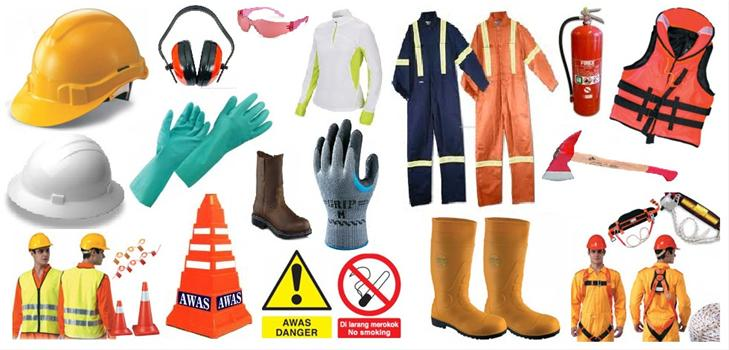Safety gear, more popularly known as Personal protective equipment (PPE), could be any kind of clothing or accessory that guarantees safety. In the manufacturing industry, employees are surrounded by risks, so PPE could be their key to disaster-free work life. As of 21st November, 144 Australian workers succumbed to fatal injuries at work in 2019. This could have been prevented if the right safety gear was made available to each person.
Standardized safety gear is available for different parts of the body to protect the manufacturing industry workers against hazards that are:
- Physical
- Radioactive
- Electrical
- Chemical
- Biological
- Extreme temperatures
- Heavy-duty equipment
- Loud noises from machinery
There are many types of safety gears available today. Click here to know more about Personal Protective Equipment. The following are some of the most critical safety gear for hazardous work environments.
- Clothing:
Protective clothing is the most basic way of protecting your skin against disasters like a chemical or acid splash. Simple clothes like lab coats, full pants, and long-sleeved shirts fall under this category. Then comes in heat-resistant clothing, which is great for jobs that involve working with fire or very high temperatures. When working with fire or a hot environment, it is imperative to wear fire-resistant bodysuits.
The most well-known fire-safe material for this kind of clothing is leather. Wearing an inner protective layer is also highly recommended. For protection against electrocution, rubber and plastic are the safest materials as they do not conduct electricity and therefore, insulate a human body from an electrical shock. Plastic and rubber full-body suits deal well with the hazards of high-voltage zones.
2. Gloves:
Latex gloves or plastic gloves are the most popular hand protection gear. They are great for keeping yourself safe against hazards like biological and chemical mishaps. Cut-resistant gloves come in handy for those who work with sharp objects like large-sized sharp objects. Made with special material, these gloves can stand the sharpness of industrial blades.
3. Masks and Respirators-
Starting from basic masks to high-quality breathing apparatus, manufacturing industry employees need face masks depending on their work environment. Basic facemasks could minimize the risk of exposure to things like biological waste, dust, rubble, and other harmful contaminations in the atmosphere. If the work environment exposes a person to impurities that can cause respiratory illnesses and allergies, a filtered respirator is highly recommended. A self-contained breathing apparatus is ideal for employees who work in an extremely toxic work environment.
4. Eye Protection Equipment-
Eyes need protection as they are extremely delicate, and even small incidents can lead to serious injuries or even blindness. Safety goggles are a great way to protect eyes against flying hazards like sawdust, stones, and shards of glass. If your work involves prolonged sun exposure, getting sunglasses could protect your eyes from the UV rays. Fore specialized jobs like welding, welding masks are ideal to protect the welder’s eyes from fire and the bright flashes coming out of the torch.
5. Hearing Protection-
Between 28–32% of the Australian workforce is likely to work in an environment where they are exposed to loud noise at work. Manufacturing plants could be very noisy and damaging for the ears. Hearing protection gear like earplugs are convenient and block the majority of noise from entering the ear while protecting the eardrum from getting damaged. However, electronic earmuffs are an advanced solution for noise hazards. These are smart devices that don’t block all sounds, so a person could still hear an important announcement or their colleagues talking to them, but the equipment decreases the intensity of noises and makes them harmless.
6. Hard hats-
These helmets could shield the head from flying items, impact, debris, and shock amongst other disasters. They are created to preserve the head from heavy objects that may unprecedentedly fall upon someone. It’s a great PPE for head, eyes, and neck, and saves the wearer from bumps, scrapes, and electrical exposure.
7. Safety boots-
Safety footwear is necessary to secure feet, and sometimes life too. Steel toe boots, heat resistance shoes, and leather boots protect your feet by preventing injuries from fire, falling objects, electric shocks, and much more manufacturing industry dangers.


















